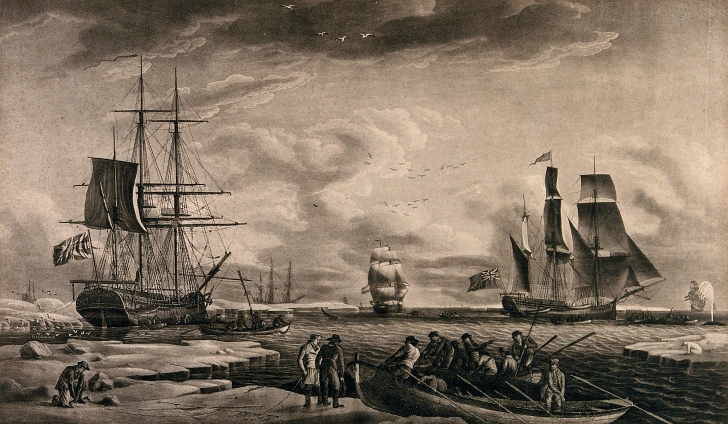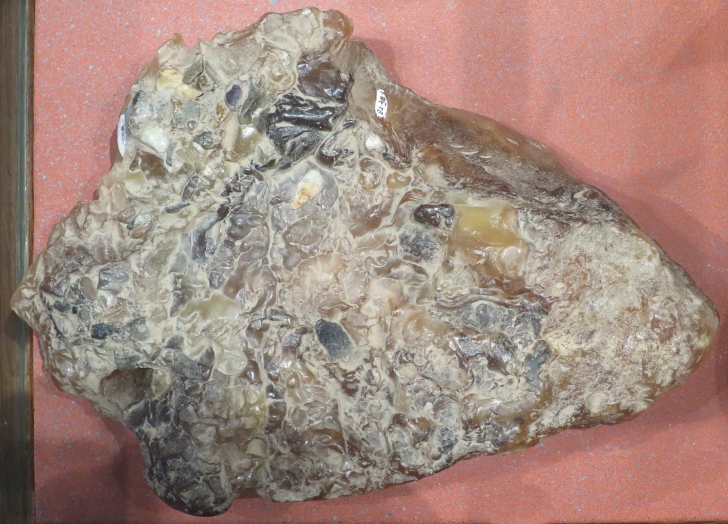What is $1.5M split 35 ways? Still a lot of money. In the Gulf of Aden, in Yemen, a group of 35 fishermen from al-Khaisah were informed of a whale carcass floating in the water. They pulled their boats up to take a closer look, at which point they smelled something quite strong in the air. They towed the whale carcass to shore and when they cut it open a huge quantity of ambergris was revealed, making them instantly rich.

Ambergris has been known as whale vomit, but far from being like something you or I might throw up, whales have a completely different process and the result is more like feces than vomit. Ambergris is produced by sperm whales as a retroactive defense mechanism against squid beaks and other hard things they might swallow. Sperm whales swallow squids whole as a significant part of their diet. But, once inside their stomachs the hard beaks of squid can irritate the whale’s digestive tract. The whale’s body automatically produces a thick, waxy substance that safely coats the beaks. The whales then poop out or vomit the ball of squid beaks and ambergris. It is estimated that less than 5% of whale carcasses have ambergris inside them.
Ambergris can vary in color, consistency, and aroma. But, ambergris that has been aged under just the right conditions will no longer have a foul odor, instead producing a pleasant scent that has been captivating man for centuries. Not only is ambergris still a prized component for perfumery, but this secret ingredient was once also used in medicine. Pharmacies and healers would make up lozenges with musk and ambergris that were thought to be purifying for the heart and lungs.

Since whaling is no longer legal in most of the world, the trade for all things whale-related has diminished from the heyday of whaling ships in the 18th and 19th centuries. But, many people still find ambergris floating in the ocean, or in this case inside a whale that’s been dead for an unknown amount of time. Collecting and selling ambergris when it has washed ashore (or in this case inside a carcass) is legal in some countries and not in others.
In the 2010s a synthetic version of ambergris was created using plants called Ambroxan, largely replacing the real thing in perfumery. But, there are still old fashioned perfumers around the world that use ambergris in their formulations for the status of it and the strong and long-lasting scent it makes. It is also considered quite the scientific curiosity since each ambergris stone can be composed of different sharp foods like seashells, squid, or other animal parts.

Because it is rare ambergris is worth a lot of money. When the 35 fishermen in Yemen cut the whale open it was like a blessing for them since such a valuable commodity can change the life of a humble fisherman. Yemen is one of the poorest countries in the world and has been enduring a civil war since 2014. As many as 80% of the population is vulnerable to hunger, so even a good catch of fish would have been a boon.
One fisherman remarked after finding the whale that he “felt so happy”, with another saying that, “If you find whale ambergris it’s a treasure.” Altogether they found 127 kilograms of ambergris inside the whale, with ambergris fetching tens of thousands of dollars per kilo.

The fishermen have now been able to buy houses, cars, better boats, and even to give generously to the poor. But, many of them are still fishing despite hitting it rich. As one fisherman put it, “I have to keep going to sea, even if I don’t get anything. It’s in my blood.”
You can see footage of the fishermen finding the whale carcass in the video below.
SKM: below-content placeholderWhizzco for DOT

